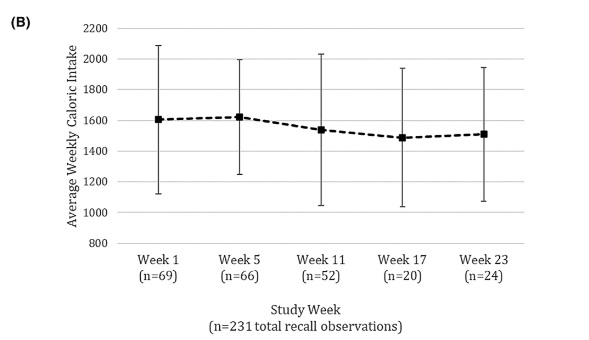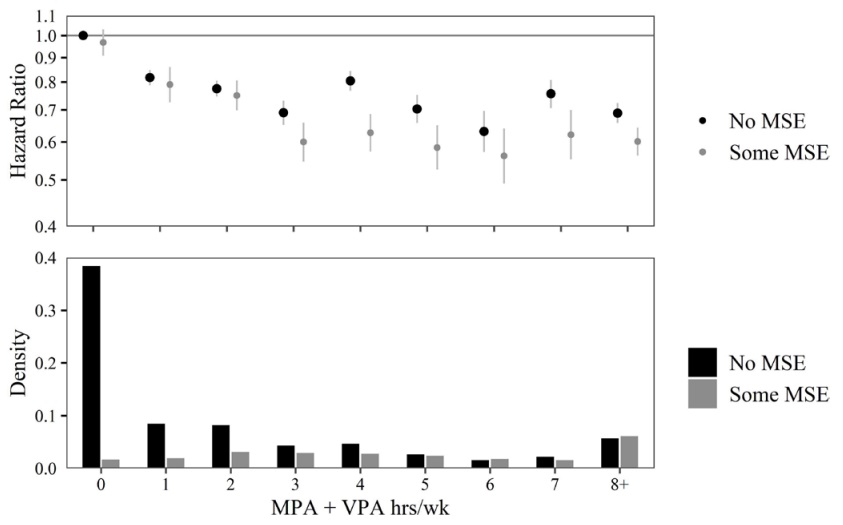
This one suggests that non-invasive methods to assess body fat can be used to predict NAFLD, and even though there are differences between men and women, this is not true for racial/ethnic groups. 



- "The current study found that body fat and anthropometry were good predictors of NAFLD; however, the best predictors were measures of abdominal size (total abdominal fat, waist circumference, WHR [waist to height ratio]) among men and visceral fat among women...
"...The predictions did not vary greatly by race/ethnicity."
Prediction of nonalcoholic fatty liver disease using anthropometry and body fat measures by sex and race/ethnicity in the United States
doi.org/10.1002/oby.23…
#Obesity #MetabolicSyndrome #NAFLD
doi.org/10.1002/oby.23…
#Obesity #MetabolicSyndrome #NAFLD
• • •
Missing some Tweet in this thread? You can try to
force a refresh










